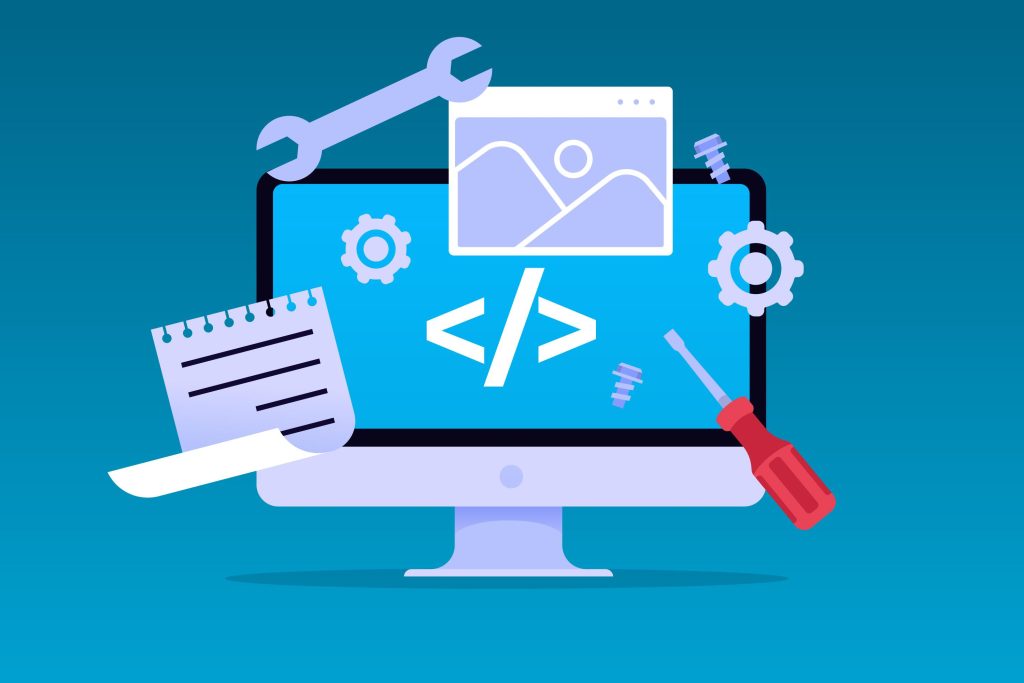In a world brimming with technological sophistication and layered systems, it’s easy to assume that complex problems demand equally complex solutions. Yet time and again, history and innovation show us that simple tools often solve the most complex problems. Whether in engineering, software development, healthcare, or daily productivity, simplicity continues to prove its power—not just in theory, but in application. This article explores why simplicity works, where it’s trending, and how today’s innovators are turning back to basic tools to navigate modern challenges.

The Paradox of Complexity: Why More Isn’t Always Better
There’s a cognitive bias known as “complexity bias”—the tendency to favor complex solutions over simpler ones, even when they aren’t more effective. In fast-paced industries like tech or healthcare, the allure of advanced algorithms, multi-layered frameworks, or data-heavy dashboards can be overwhelming. But as many professionals are learning, these can often be a distraction rather than a solution.
Key reasons why complexity fails:
- Overengineering leads to failure points. More components increase the risk of malfunction.
- Steep learning curves waste time and resources.
- Difficult troubleshooting processes slow down progress.
In contrast, simple tools typically have fewer failure points and are easier to adopt, maintain, and scale.
The Rise of “Simple by Design” in Modern Tech
Recent trends show a surge in demand for user-friendly tools that deliver core functionality without the clutter. Startups and major firms alike are recognizing the value in “simple by design.”
Notable examples:
- Notion’s success lies in its drag-and-drop functionality and modular blocks, allowing users to build complex systems with simple actions.
- Miro’s digital whiteboard has been adopted by Fortune 500 teams due to its intuitive layout and basic visual metaphors—like sticky notes and arrows—that facilitate complex project planning.
- Loom’s screen recording tool solves asynchronous communication challenges with one-click recording, streamlining onboarding, training, and updates.
These tools stand out not because they offer the most features, but because they offer the right ones without getting in the way.
Simple Tools in Software Development
Even in fields as intricate as software engineering, simple tools remain foundational. Git, a command-line tool for version control, is arguably the backbone of modern development workflows. While platforms like GitHub add visual layers, Git’s core simplicity allows teams to manage codebases efficiently across continents.
Other examples:
- Markdown: A lightweight syntax for formatting text, preferred over complex WYSIWYG editors by many developers.
- Trello: A Kanban-style board that replaced heavy project management platforms for thousands of small and mid-sized teams.
These tools don’t try to solve every problem. Instead, they solve a specific one extremely well—another key trait of effective simplicity.
Healthcare: The Value of Low-Tech Innovation
In global health, simple tools have been life-saving. Consider the chlorine tablet—a small, inexpensive way to purify drinking water in crisis zones. Or the oral rehydration salt (ORS) packet, which dramatically reduced child mortality from dehydration.
According to the World Health Organization, these solutions have saved millions of lives and continue to do so in resource-limited environments.
Modern healthcare startups are borrowing this principle. Wearable devices like continuous glucose monitors (CGMs) simplify chronic disease management without complex user input, giving patients real-time insight through automatic tracking.
Why Simple Tools Empower Better Decision-Making
In fast-moving scenarios, decision fatigue is a serious issue. Tools that minimize decision-making steps often outperform their more complex counterparts. This is especially true in high-stakes environments like emergency response, military operations, and crisis communication.
Attributes that make simple tools effective:
- Speed: Quick to use under pressure
- Clarity: No interpretation needed
- Reliability: Fewer chances for error
A 2023 study in the Journal of Cognitive Engineering and Decision Making found that participants using simplified visual dashboards made more accurate decisions 18% faster than those using advanced, customizable analytics tools.
How to Choose the Right Simple Tool
Not every basic solution is effective, and not every complex solution is bad. The key is identifying tools that reduce friction without sacrificing essential functionality.
Here’s a simple guide to choosing tools that balance simplicity with power:
- Define the problem clearly. Simplicity only works when the problem is well understood.
- Prioritize user adoption. Can your team learn this in an hour or less?
- Test scalability. Does it still work when needs grow?
- Audit feature creep. Strip out anything not used regularly.
- Check integration. A simple tool that connects with existing workflows has higher long-term value.
The Emerging Minimalism in Workplace Tools
A growing trend across industries is tool consolidation. Companies are increasingly cutting down on bloated tech stacks, shifting toward tools that handle essential functions with minimal input. Platforms like Slack, Asana, and Google Docs have become dominant not because they’re all-in-one behemoths, but because they are modular, intuitive, and accessible.
Why it matters:
- Less employee training time
- Fewer IT headaches
- More time spent on actual problem-solving
The simplification of workspaces is not just a productivity trend—it’s a cultural shift. As remote and hybrid work become the norm, tools that “just work” are replacing complicated systems that require dedicated administrators.
Case Study: NASA and the Pencil
The often-cited (though partly mythologized) example of NASA using pencils while the Soviet space program used grease pencils illustrates a broader point: complexity doesn’t always equal ingenuity. The point is less about the actual tools used and more about the underlying principle: choose the solution that works under pressure, not the one that sounds most advanced.
Final Thoughts
Why do simple tools often solve the most complex problems? Because they strip away distractions, reduce error, and allow humans to do what they do best—think, decide, and act. Whether it’s in your digital workspace, development stack, healthcare device, or everyday communication, simplicity works not by being less—but by being just enough.
The ongoing trend toward minimalism in design and function reflects this growing understanding. In the face of complex challenges, returning to simple, effective tools isn’t regressive—it’s strategic.
References
- Norman, D. A. (2013) The Design of Everyday Things. Available at: https://www.jnd.org (Accessed: 24 June 2025).
- World Health Organization (2023) Essential Medicines and Health Products. Available at: https://www.who.int (Accessed: 24 June 2025).
- Journal of Cognitive Engineering and Decision Making (2023) Interface Simplicity and Decision Accuracy. Available at: https://journals.sagepub.com (Accessed: 24 June 2025).






